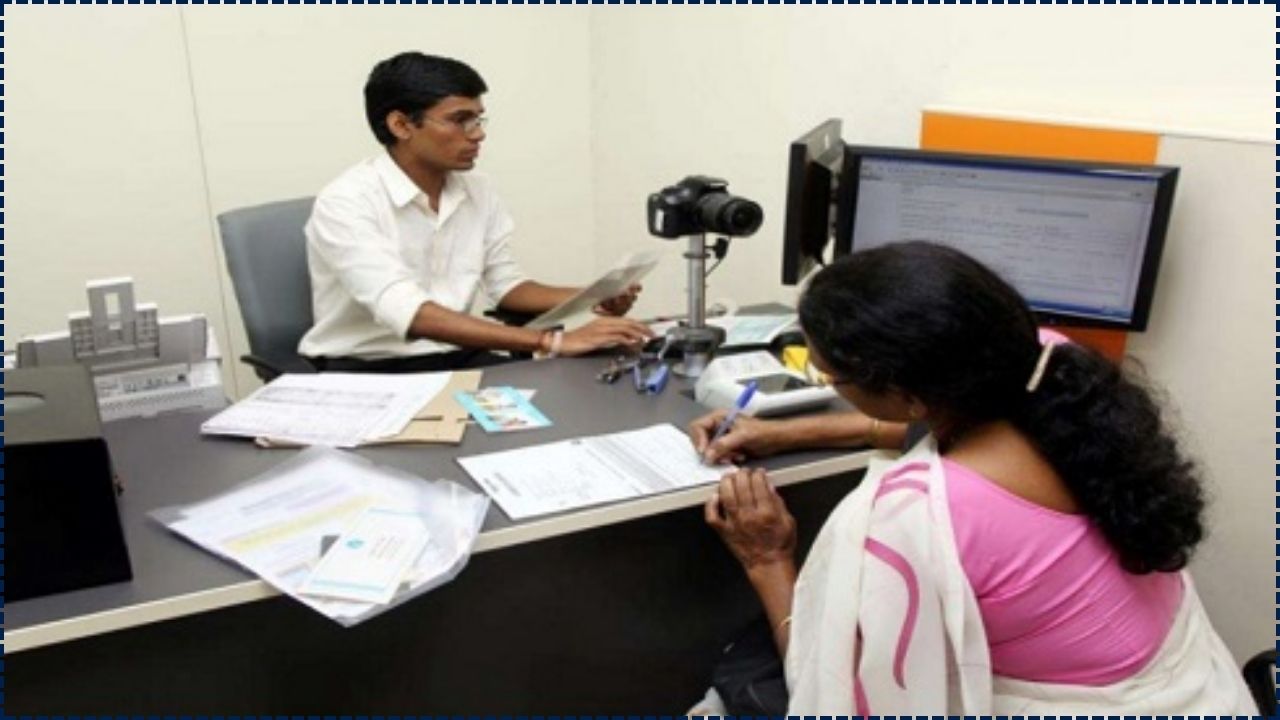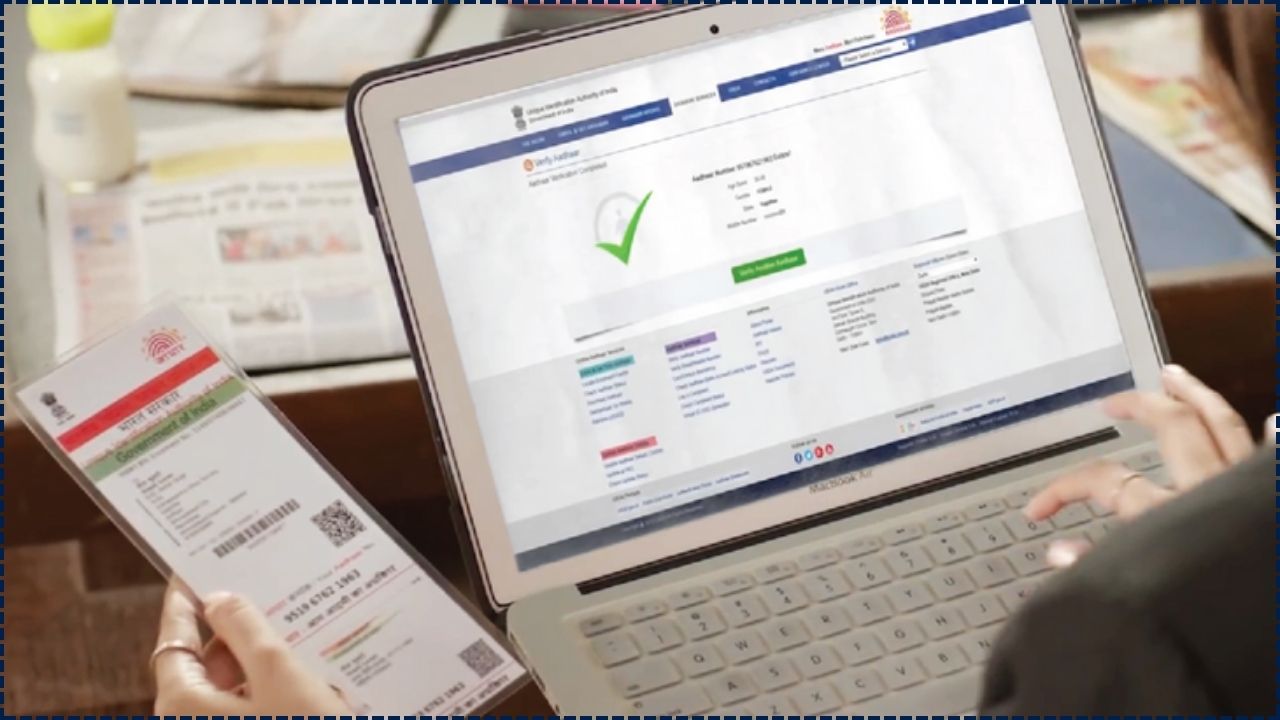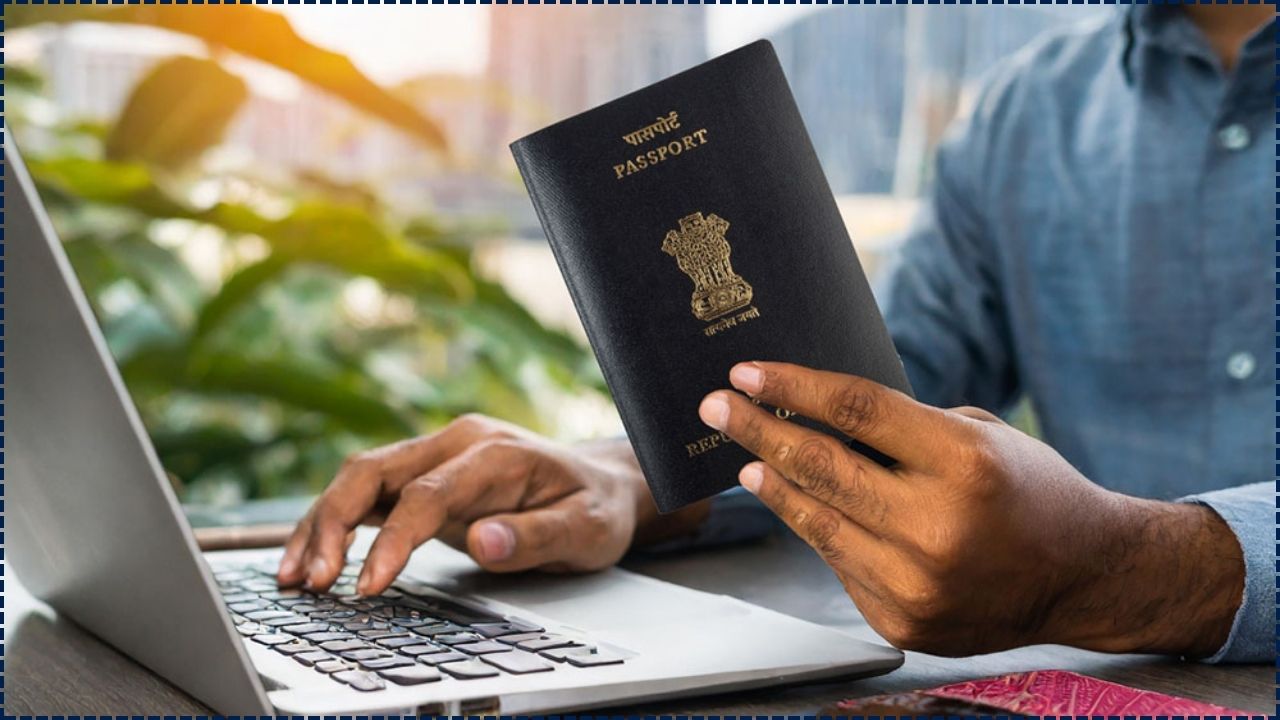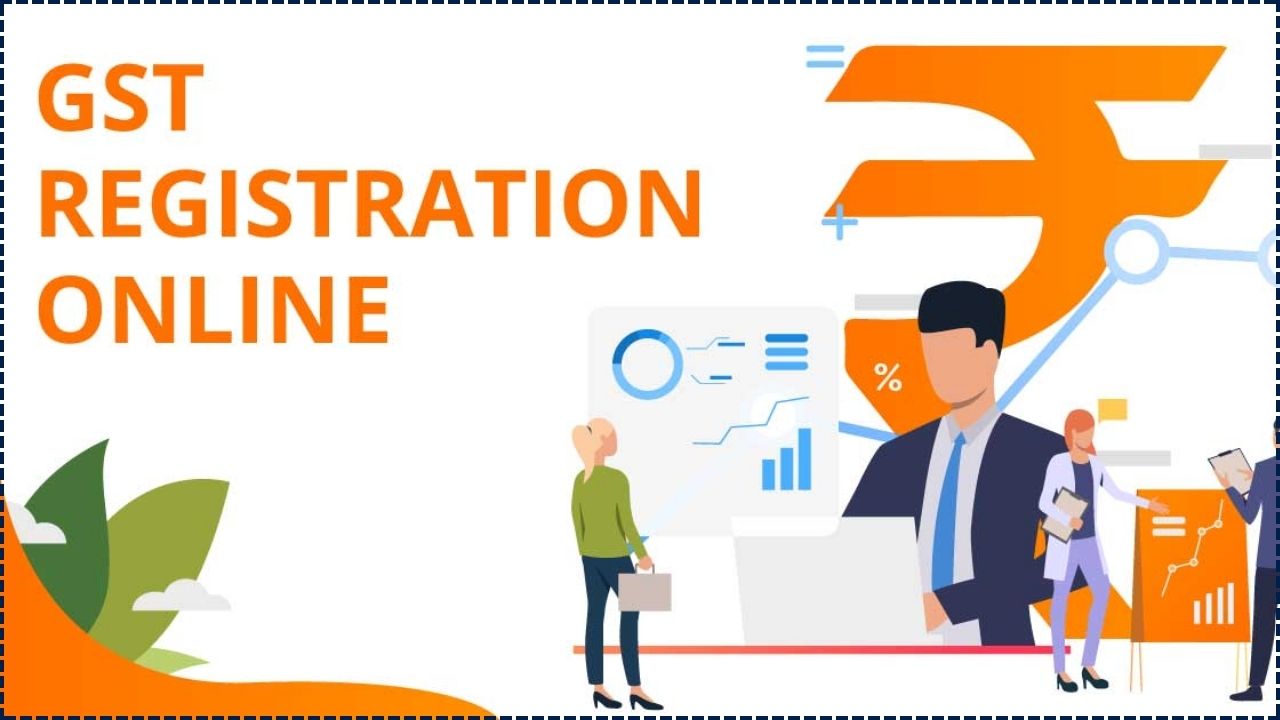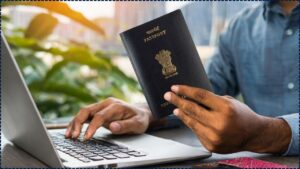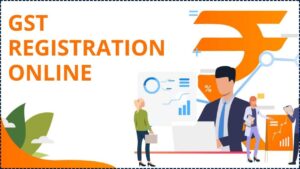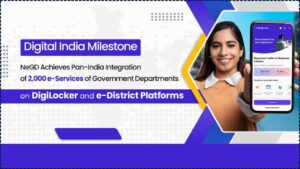The shift to online traffic challan payments marks a broader transformation in India’s governance. By reducing cash transactions, cutting administrative delays, and increasing transparency, the system benefits both motorists and enforcement agencies.
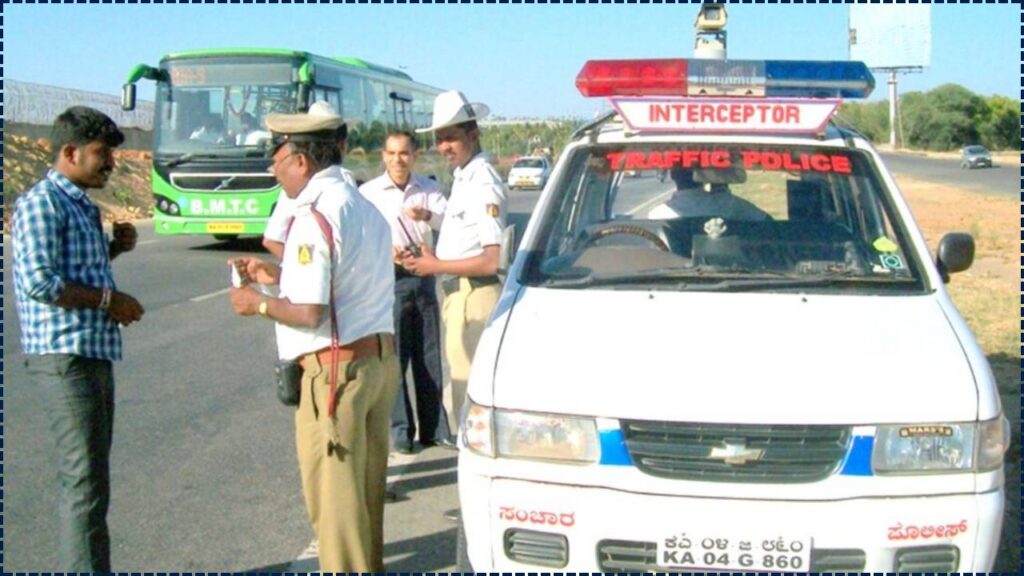
However, challenges remain in ensuring digital literacy, expanding coverage to all states, and combating fraud. As India continues to digitise, safe adoption by citizens will determine the long-term success of these reforms.
Indian motorists can now check and pay traffic challans online through a growing network of government portals, virtual courts, and authorised apps. The move, part of India’s broader digital governance strategy, aims to improve compliance, reduce paperwork, and curb corruption.
The Rise of Online Traffic Challan Systems
The system for traffic fine collection in India has undergone significant changes in recent years. The Ministry of Road Transport and Highways (MoRTH) introduced the Parivahan Sewa e-challan portal to standardise access nationwide.
Motorists can log in using their challan number, vehicle registration number, or driver’s licence number. Payments can be completed using debit or credit cards, net banking, or mobile wallets. Each transaction generates a reference ID for verification.
According to MoRTH, the e-challan platform is designed to promote transparency and ensure that fines reach government accounts directly, reducing opportunities for cash-based malpractice.
Virtual Courts and Digital Adjudication
Another key development has been the introduction of Virtual Courts by the Ministry of Law and Justice. Available at vcourts.gov.in, this service allows citizens to check pending traffic cases, view hearing details, and settle fines digitally.
Chief Justice of India D.Y. Chandrachud has previously described virtual courts as “a vital step towards decongesting physical courts and providing speedier justice in minor traffic cases.”
While most cases can be resolved online, some still require personal appearance, depending on the severity of the violation.
State-Specific Portals and Initiatives
In addition to the central platforms, several states have launched their own digital services:
- Maharashtra operates the Maharashtra e-challan system, where citizens can pay directly through the state transport website.
- West Bengal introduced the Sanjog portal, linking challan clearance with other motor services, including registration and emission certificates.
- Telangana offers an online payment system with options including UPI and QR code scanning. Refunds are processed within seven days if payments are not updated.
These state platforms are integrated with national databases like Vahan and Sarathi, ensuring consistency across jurisdictions.
Third-Party Platforms and Limited Integration
Private players such as Paytm and Park+ also offer challan checking and payment options. Paytm currently supports select states, including Andhra Pradesh, Telangana, and Haryana.
Digital policy analysts, however, caution that third-party platforms should be used only if they are officially authorised by state governments. “Always cross-check on Parivahan or the state portal to avoid double payments or fraud,” said Suresh Kumar, a transport policy researcher at the Indian Institute of Public Administration.
Security Risks and Fraud Concerns
Despite improvements, cyber fraud remains a concern. In early 2025, police in Chennai warned motorists about fake e-challan messages circulating on WhatsApp, which directed users to malicious apps. Officials clarified that legitimate challan notices are never sent through WhatsApp. Citizens are urged to verify all information only on government domains ending in .gov.in.
Related Links
How to Change your Address or Phone Number on Your Aadhaar Card
Understanding Land Records in India: A Guide to Digital Ownership Records
Special Waiver Programmes and Regional Updates
Several states periodically announce amnesty or discount schemes on old challans.
- Karnataka is offering a 50 percent waiver on traffic fines until 15 September 2025, according to a state government notification. Payments can be made via KarnatakaOne centres or online through Paytm.
- Uttar Pradesh has introduced a government WhatsApp chatbot to send e-challan reminders. However, payments must still be made exclusively on the Parivahan portal.
Such measures aim to clear backlogs and encourage compliance before stricter enforcement takes effect.
How Motorists Can Protect Themselves
Experts recommend a cautious approach when dealing with digital challans:
- Use only official portals such as Parivahan, Virtual Courts, or state transport websites.
- Avoid QR codes or links on WhatsApp unless verified by an official press release.
- Keep transaction receipts for at least six months in case of disputes.
- Check periodically for pending challans, especially before renewing vehicle documents.
According to Dr. Anita Sharma, a cybersecurity professor at Jawaharlal Nehru University, “Digital services improve convenience, but the responsibility also lies with citizens to ensure they are using verified channels.”

